The engine block, regarded as the heart of the engine system, is a core part of any vehicle’s performance. Whenever cracks appear on this part, operating problems become severe, eventually causing the engine to fail if not treated. This in-depth guide covers everything you want to know about repairing and overhauling engines, with special emphasis on detecting and repairing engine block cracks.
Introduction: Types of Engine Block Cracks
A block crack in an engine is one of the common structural failures. It is brought about by overheating, mechanical stress, and material fatigue. These cracks fall into several types, such as:
- Internal Cracks: Internal cracks occur inside the engine coolant or oil passage. Sometimes, they are not seen from the outside. This can result in fluid leakage and even oil and coolant mixing.
- External Cracks: These can be found on the exterior of the engine block and are somewhat easily accessible to check and replace.
- Hairline Cracks: They are minute cracks that seem very fine but might expand to be more severe in damage.
The first step in determining which type of crack repair would be best for an engine is deciding the kind of crack itself.
Crack Identification Methods
Identifying cracks on the engine block early enough to help reduce repair costs and prevent engine failure becomes vital. Here are the most reliable methods:
1. Visual Inspection
External crack detection is the simplest method [referring to Zhao et al., 2011]. With the help of the flashlight and magnifying glass, run with your fingers along the surface of the engine block, searching for cracks or, better still, any signs of rust or fluid seeping through.
Some areas that may be stressed should be closely examined: regions surrounding cylinder heads and coolant passages.
2. Dye Penetrant Testing
This is a non-destructive testing technique whereby an engine block is coated with a special dye. The dye penetrates all the cracks, and when one examines that area under a black light – voila! It’s good when identifying designs and small splits that may not be easily seen physically.
3. Pressure Testing
Pressure testing can be achieved on the engine block where you seal it and fill it with a liquid pressure such as water or oil. If at any time the pressure decreases, this will show that there is a crack or a leakage. It is most helpful to utilise this method when it comes to internal cracks.
4. Ultrasonic Testing
Ultrasonic testing is based on using sound waves to detect such defects as flash in the engine block. This sophisticated approach will be able to pick up internal and externally appearing cracks, allowing a better evaluation of the structural health of the block.
Common Causes of Cracks
Understanding why cracks occur in an engine block can help prevent and repair them. The primary causes include the following:
- Overheating: Excessive heat will soften the metal to expand and subsequently crack.
- Freeze Damage: Water in the engine block expands when the temperature freezes, which can crack the metal.
- Material defects: This results from faulty designs or inadequate manufacturing materials used.
- Stress and Vibration: High mechanical stress and vibration cause fatigue and may crack over long periods.
- Poor Maintenance: Failure to maintain regularly, for example, by hanging coolant or oil, causes conditions that can lead to cracking.
Get in Touch Today!
Assessment Procedures
Before repairing engine block cracks, it’s essential to thoroughly evaluate the damage to ensure proper repairs. Assessing the severity of the crack and understanding the impact on engine performance are crucial steps in the process. Proper evaluation will guide you in making informed decisions for repairing engine block cracks effectively.
- Determine the Type and Location of the Crack: The methods used to determine the crack size, type, and accurate location are as follows:
- Minor defects may only require cold repair, while a significant defect will even need an overhaul of the entire engine.
- Check for Damage: Sometimes, these cracks can damage pistons, and in others, the entire cylinder head has warped.
Repair Methods Overview
Various methods are available for repair and overhaul of engines in cases of cracked engine blocks. These include the following:
Options for Cold Repair
Metal Stitching
This refers to stitching the crack with metal pins or keys. This is suited for cold repairs and does not utilise heat, offering a relatively low risk of causing possible damage.
Epoxy Sealing
Small cracks are usually sealed with epoxy sealants. This chemical sealant seals the metal’s crack and sticks to it, thereby sealing it up.
Hot Repair Techniques
Welding
Welding is an important technique when dealing with significant cracks. Welding the block needs preheating and post-heating as this helps it adhere appropriately to the block, avoiding additional stresses.
Brazing
Brazing utilises a filler metal that melts at some temperature below the engine block. In this process, cracks in a high-stress area are efficiently repaired.
Replacement Considerations
In some cases, a crack may not be possible to repair and would require replacement as the best alternative, including the cost of repair against replacement: When the damage is too extensive, or problems recur, it would become cheaper in the long run to replace.
- Parts availability: Ensure the replacement engine block is available in the market and compatible with your vehicle.
- Warranty implications: A new engine block is usually warranted; hence, one would feel at ease in the future.
Step-by-Step Repair Process
Repairing engine block cracks requires a lot of attention to detail. Here is the step-by-step guide:
- Prepare the Engine: Pull all the fluids off and if possible unbolt the engine from the car.
- Clean the Area: You should then wet the area with water and apply a degreaser to wash the affected area to remove any oil, dirt or debris.
- Inspect the Crack: Inspect the crack using the newly acquired methods of crack assessment through assessment, other than destructive means.
- Select Repair Method: Decide on a cold or hot repair method suitable for the crack based on the seriousness and location of the crack.
- Repair: Carry out the procedure identified by the selected repair method, along with proper application and adhesion.
- Test the repair: The repair should undergo pressure testing or test the engine for proper working.
Quality Control Measures
Ensuring the repair’s success requires rigorous quality control measures:
- Conduct a final inspection of the repair site.
- Test the engine under load conditions to assess performance.
- Monitor for leaks or unusual sounds during operation.
Prevention Strategies
To avoid future engine block cracks, implement these preventive measures:
- Regular Maintenance: Among the above list, stick to at least a certain time table of doing your oil, coolant and other usual activities.
- Monitor Engine Temperature: This means do not heat your automobile excessively by making sure that your cooling system is in its best state.
- Use High-Quality Fluids: Buy fresh grade oils and coolants in a bid to enhance your engines performance and durability.
Maintenance Recommendations
- Regular inspections of the engine block should be conducted for early detection of cracks.
- Address minor issues promptly to prevent them from escalating.
- Consult professionals for significant repairs or assessments.
Conclusion
Some of the most severe problems in an engine include cracks in the engine block, though, with a proper strategy in repairing engine block cracks or overhauling the engines, it is easy to tackle this problem.
This way, no matter what you decide, whether a cold repair, hot repair or employing the services of a replacement, the important thing is to gain such knowledge and to incorporate all the measures into ensuring that your engine is always in its best condition. The safety of the engine for duration depends on the extent of maintenance, repair, and professional consultation.
For more information on engine repairs, consult experienced auto mechanics who deal with engine block rebuilding. Maintain your car engine best to avoid requiring much attention while on the road.
MPA Power Project Provides the repair and overhaul of engines, compressor shaft grinding, insitu grinding of crankshaft, turbine rotor shaft grinding. A marine engine room, the turbine hall of a power station and a large compressor house are typical working environments of MPA Power Projects Pvt. Ltd. We specialize in in-situ machining and repairs for Marine and Industrial plants.




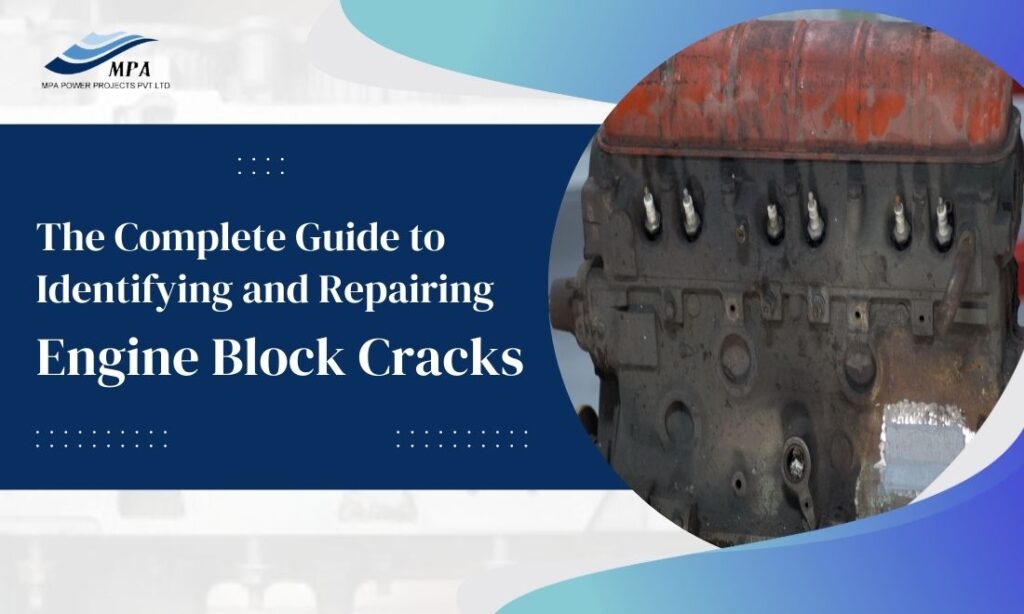
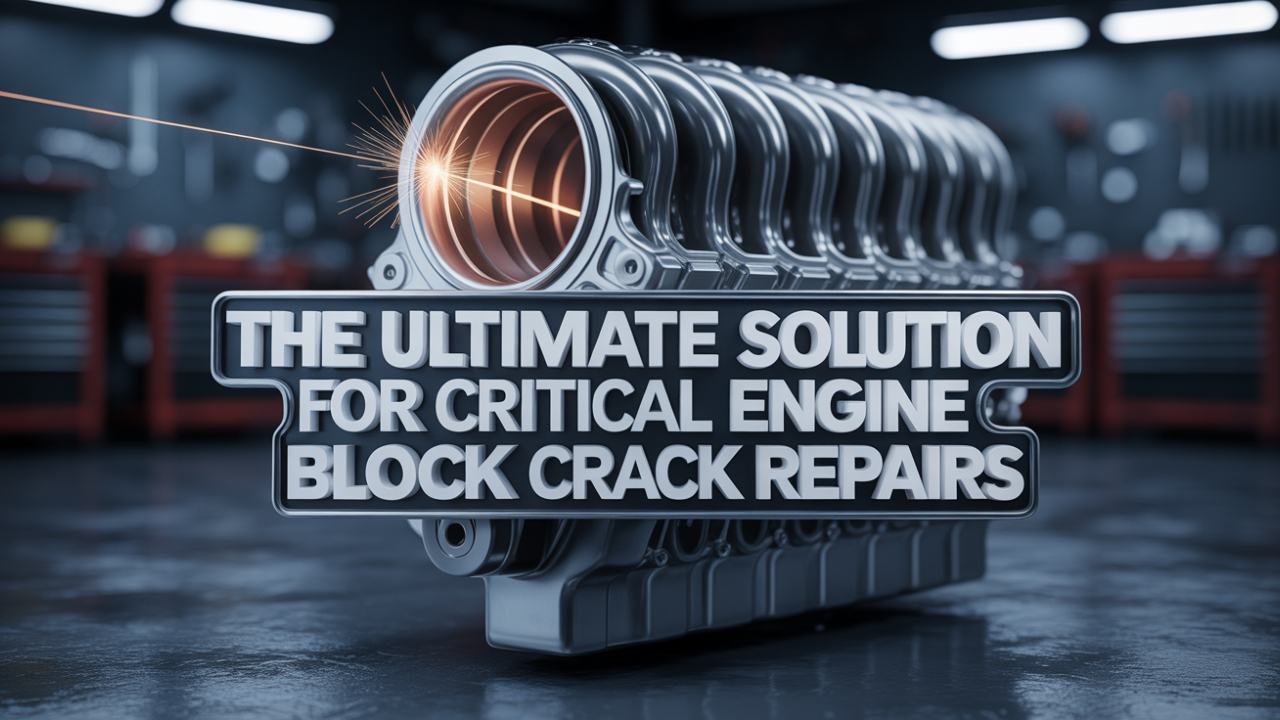
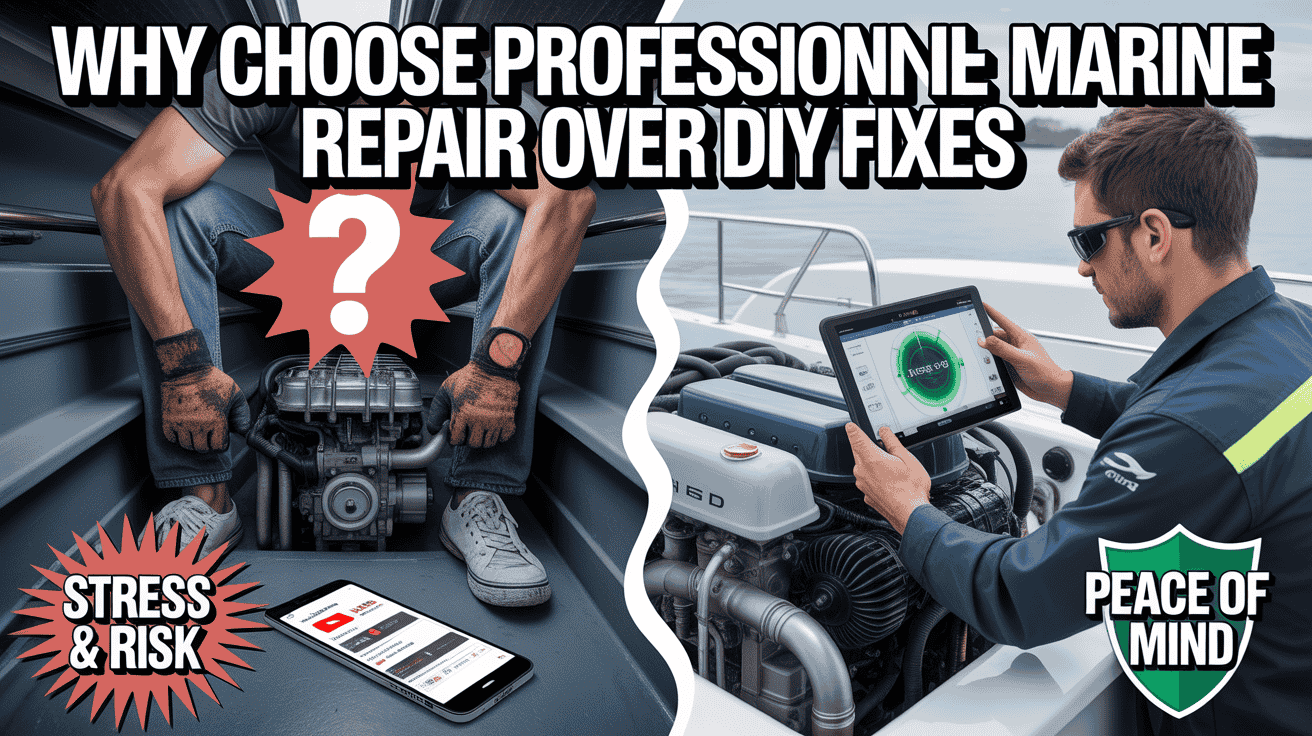
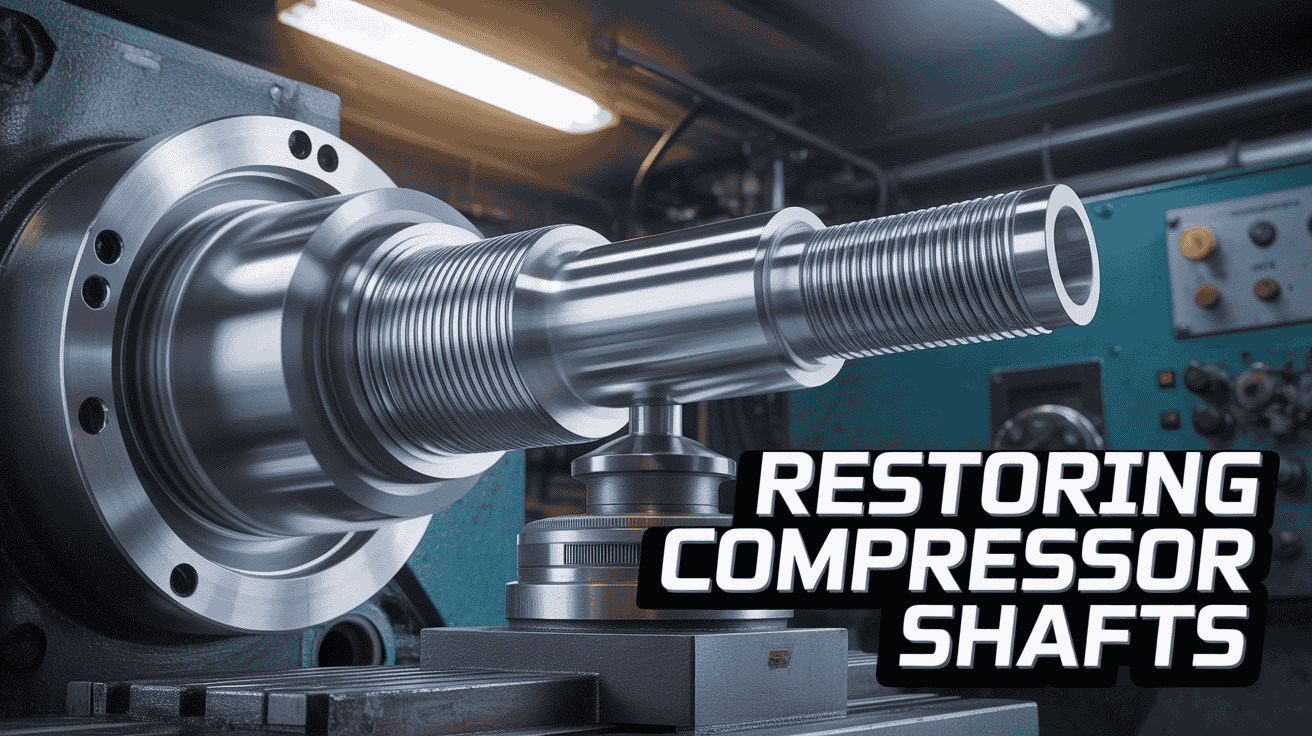

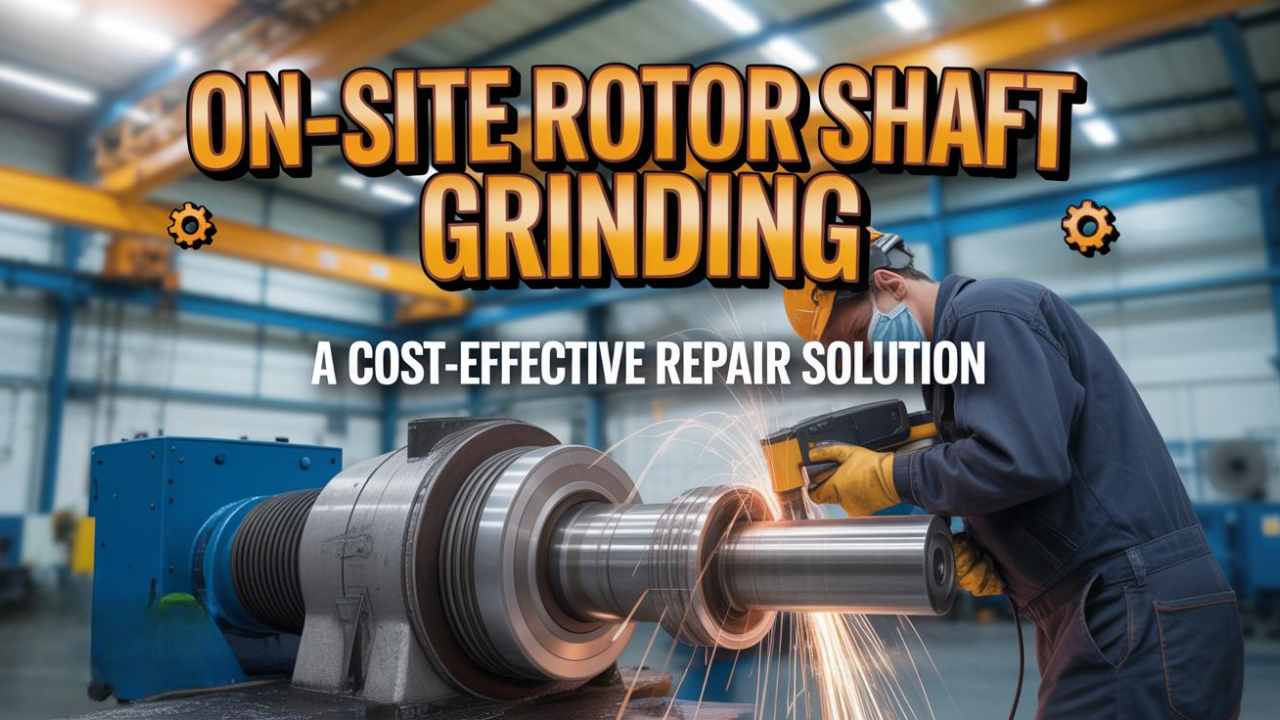

No Comments